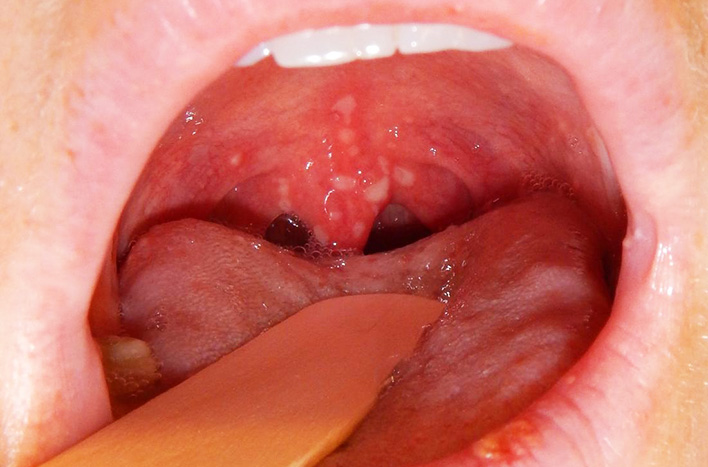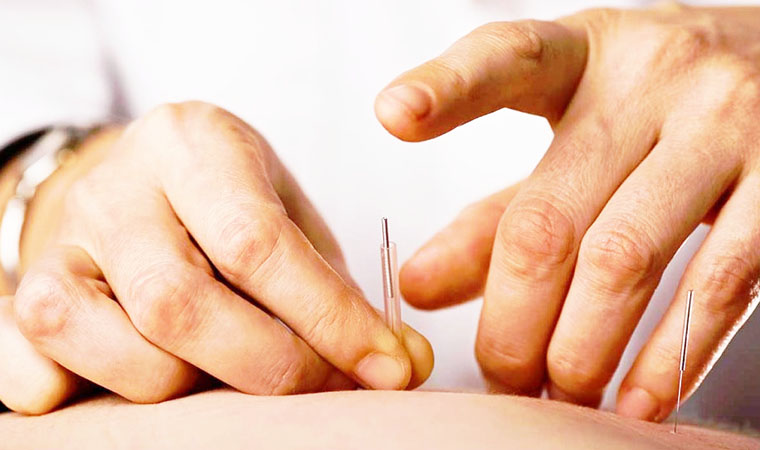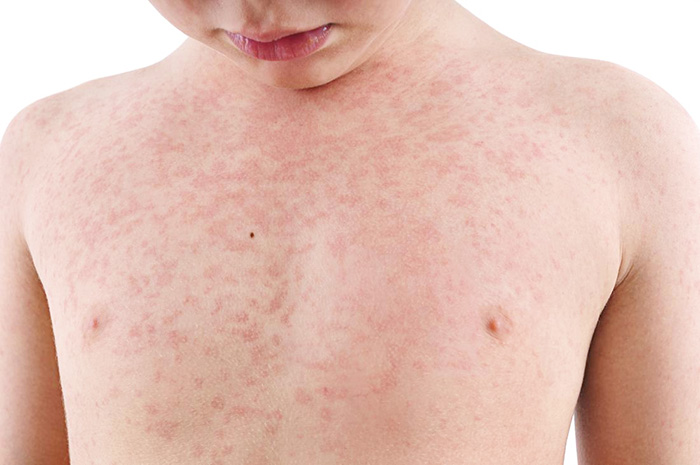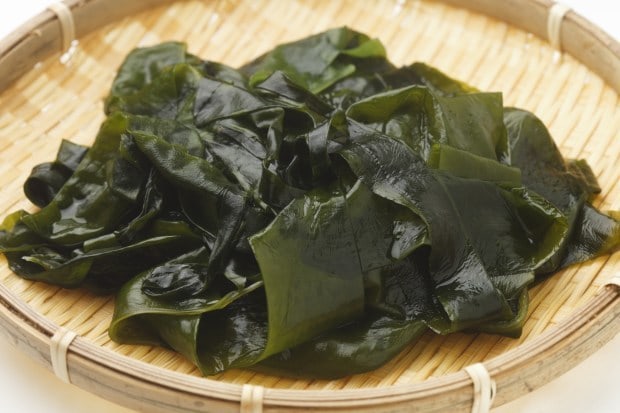In a nutshell, herpangina is a viral infection that causes blisters or ulcers to form on the roof of the mouth and back of the throat. Anyone can get herpangina, children and adult alike. However, it is more common in children than adults due to a couple of reasons:
- The immune system of a child is not yet fully developed, and that’s why his or her body is still incapable of fighting off the viruses responsible for the development of herpangina.
- Children are less likely to wash their hands often and very much likely to put their hands in their mouth or nose — herpangina can spread through respiratory droplets or via contaminated objects.
By the way, herpangina is caused by what’s referred to as enteroviruses. If the name sounds kind of familiar to you, maybe it’s because you have already read about them while reading the news or internet articles about hand foot mouth disease or HFM, which is another form of viral infection that is very common among kids although adults may have them, too.
Before we take a look at some of the most important things you need to know about herpangina, let’s quickly check out some of the differences between herpangina and HFM:
- Both herpangina and HFM can cause blisters or ulcers to form in the mouth. However, the locations tend to differ — blisters or ulcers associated with herpangina tend to appear near the back of the mouth, while the ones brought about by HFM commonly appears near the front part of the mouth.
- Herpangina blisters or ulcers appear only inside the mouth. On the other hand, just like what its name suggests, HFM causes lesions to also appear on the palms of the hands and soles of feet of the affected individuals, and not just inside the mouth.
Now that you are already aware of the key differences between herpangina and HFM, it’s time for us to focus more on the some really important stuff about herpangina.
Signs and Symptoms
By now you already know that the telltale sign of herpangina is the appearance of blisters or ulcers on the roof of the mouth and back of the throat. The lesions are white with red-colored borders. Those blisters or ulcers look painful because they are in fact painful.
It’s for this reason why a child who is suffering from herpangina may have a hard time eating and drinking. This is the reason why a common complication of herpangina is dehydration.
Other signs and symptoms of herpangina include: high fever, a sore throat, swollen lymph glands especially in the neck, neck pain, headache, fatigue, drooling and vomiting.
Cause
Just like what’s mentioned earlier, enteroviruses are the culprits behind herpangina. The viral infection may spread from one child to the other by means of droplets. Since it’s possible for those enteroviruses to survive outside the body of the host for a few days, the infection may spread through contact with contaminated objects.
Children who are between 3 and 10 years old are at higher risk of suffering from herpangina. In places where there are various seasons such as in the US, herpangina is more common during summer and fall. In tropical areas, however, it’s something that may strike all year round.
By the way, a child who has herpangina will develop immunity to it. So in other words, he or she is no longer going to encounter it ever again.
Treatment
Since herpangina is viral in nature, the administration of antibiotics is useless. That’s okay because the said viral infection does not really require treatment — it tends to go away on its own in about a week.
The goal is to reduce the symptoms herpangina brings. Such can be done with the help of OTC painkilling drugs, topical anesthetics and medicated mouth rinses. Since it can be easy for a child who is suffering from herpangina to end up dehydrated, it’s important for the parents to ensure that their child is drinking adequate fluids.








